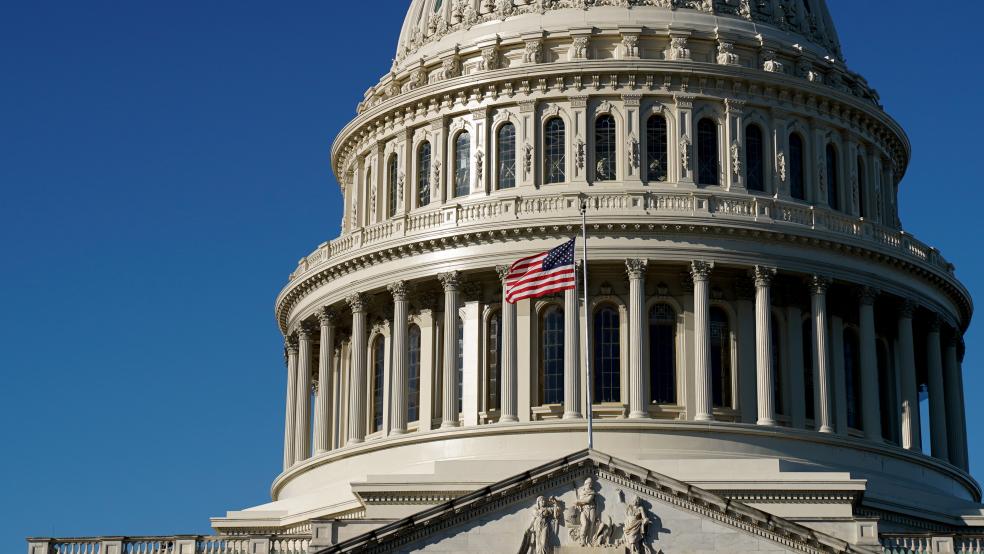Senate Democrats on Monday released a budget blueprint totaling $3.5 trillion, pushing ahead with their plan for one of the largest increases in social spending since the Great Society legislation of the 1960s.
The 2022 budget resolution — which is nonbinding and includes general instructions for writing a more detailed budget plan, with spending stretching over as long as a decade — directs lawmakers to increase federal outlays in a wide variety of policy areas, including health care, green energy, child and elder care, education, job training and climate change.
Among its provisions, the Democratic plan is expected to introduce universal prekindergarten and two free years of community college and to expand Medicare coverage to include hearing, dental and vision care.
The memorandum to Democratic senators outlining the plan says the spending would be “fully offset by a combination of new tax revenues, health care savings, and long-term economic growth.” Democrats plan to increase taxes on wealthy households and corporations, and wring savings from federal programs by reducing the cost of prescription drugs.
But the resolution also allows for increases in deficit spending totaling as much as $1.75 trillion, indicating that the revenue increases may be expected to cover only half of the projected spending. The instructions include specific dollar figures and limits for each of the 12 Senate committees that write the budget. The largest allocation would go to the Health, Education, Labor, and Pensions Committee, which could increase deficit spending by $726 billion over 10 years.
Lawmakers are also instructed to reduce the deficit by at least $1 billion.
What comes next: The Senate is expected to vote on the budget resolution this week soon after passing the roughly $1 trillion bipartisan infrastructure bill currently under debate. Assuming the budget resolution passes — it needs only a simple majority — the Senate committees will have until September 15 to complete their detailed spending plans.
When the budget is ready, Democrats are expected to rely on the reconciliation process to bypass the filibuster and approve the legislation with a simple majority vote, eliminating the need for Republican support.
Then more battles ahead: Nailing down the spending details in the Senate may just be the beginning of the battle for Democrats. Not only do senators have to overcome resistance from moderates within their caucus — Sen. Kyrsten Sinema (D-AZ) has already declared that $3.5 trillion is too big — they also must reach an agreement with Democrats in the House, where both moderates and progressives will fight to influence the final shape of the bill.
It could take months for the whole process to play out, amid considerable pressure to reduce the final spending amount.
For more details on the immediate dynamics of the budget resolution, see Roll Call, The Washington Post and the Committee for a Responsible Federal Budget.




